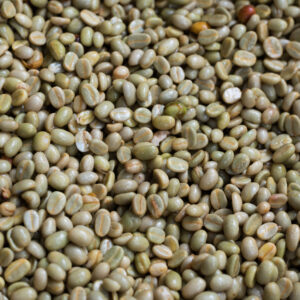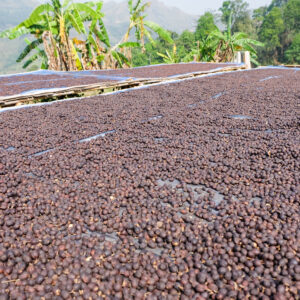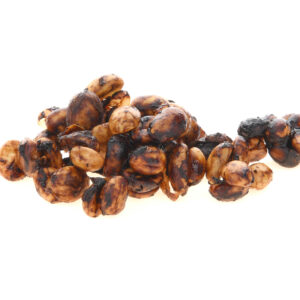There are primarily three main coffee processing methods:
- Washed Process (Wet Process): In this method, freshly harvested cherries are sorted, and then pulped to remove the outer skin. The beans are then fermented in water to remove the mucilage (a sticky substance around the beans). After fermentation, the beans are washed and dried. Washed process coffees tend to have cleaner, brighter flavors with more acidity.
- Natural Process (Dry Process): In this method, the whole cherries are dried with the fruit intact. They are spread out on raised beds or patios to dry in the sun. During this process, the fruit naturally ferments and imparts flavors to the beans. Once dried, the outer skin and parchment layers are removed, leaving the beans with a fruity sweetness. Natural process coffees often have a heavier body, lower acidity, and more pronounced fruit flavors.
- Honey Process (Pulped Natural): This method is a hybrid of the washed and natural processes. After pulping the cherries to remove the skin, some of the mucilage is left on the beans during drying, similar to the natural process. The beans are then dried, allowing the remaining mucilage to impart sweetness and flavor. Depending on the amount of mucilage left on the beans, honey process coffees can range from yellow (white honey), to red (red honey), to black (black honey). Honey process coffees often have a balance of the qualities found in both washed and natural coffees, with varying degrees of sweetness and acidity.


